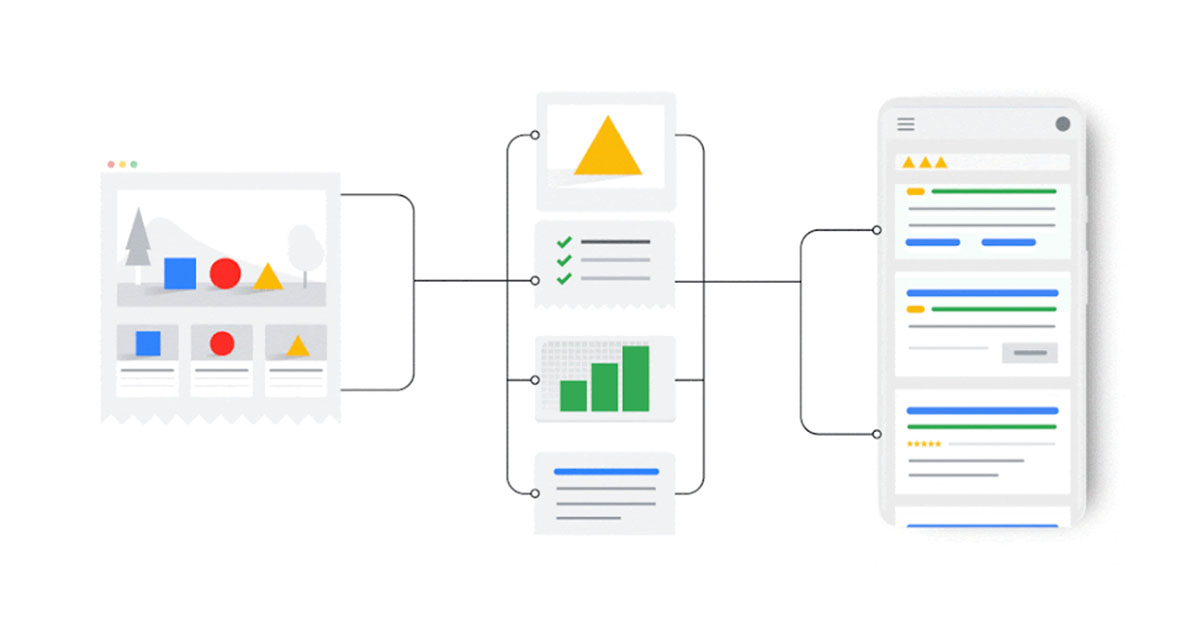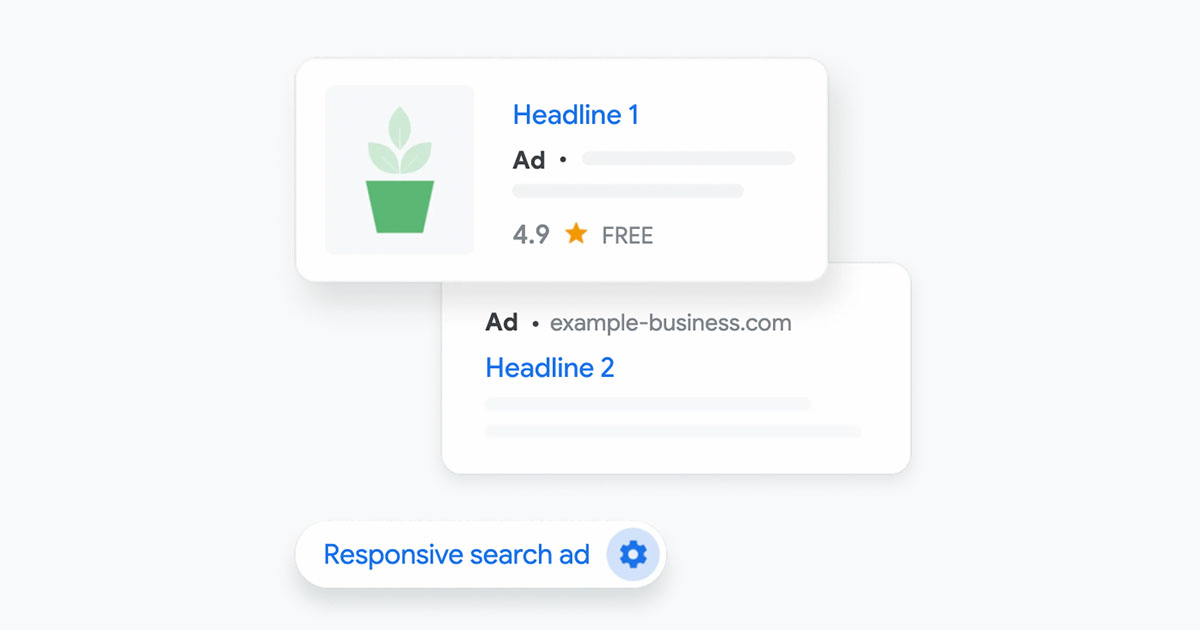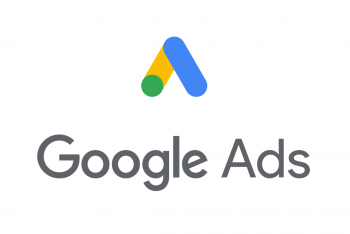The difference between dynamic search ads and responsive search ads comes down to automation and control.
Dynamic search ads (DSAs) use Google’s algorithm to automatically generate ad headlines and target content based on your website.
Responsive search ads (RSAs), on the other hand, let advertisers provide multiple headlines and descriptions, which Google tests in different combinations to optimise performance.
Both formats are powerful tools, but they serve different purposes depending on your SEM (Search Engine Marketing) goals.
Comparison Table: Dynamic vs Responsive Search Ads
| Feature | Dynamic Search Ads (DSAs) | Responsive Search Ads (RSAs) |
| Targeting | Based on website content, not keywords | Keyword-based targeting |
| Headlines | Generated automatically by Google | Chosen by advertiser, tested by Google |
| Descriptions | Written by advertiser | Written by advertiser |
| Control | Less control, more automation | More control over messaging |
| Best For | Large sites with lots of content, fast setup | Keyword campaigns needing high relevance |
| Benefits | Saves time, captures long-tail queries | Optimises ad performance, flexible testing |

Dynamic Search Ads
How They Work
Dynamic search ads(external link) automatically create ad headlines based on the content of your website.
Google crawls your site, matches relevant landing pages to search queries, and dynamically generates an ad that aligns with the searcher’s intent.
This removes the need for creating an exhaustive keyword list.
How Does Targeting Work?
Instead of manually adding keywords, DSAs use Google’s index of your site.
You can choose to target:
- All pages
- Specific categories
- Individual URLs
- Page content with certain phrases
For example, if you run an online bookstore and someone searches for “new release crime thrillers,” Google may automatically match them to your crime novels page and generate an ad like “Buy the Latest Crime Thrillers Online.”
How Much Control Do I Have Over Content?
With DSAs, advertisers control the description lines but not the headlines.
Google automatically generates the headlines based on the search query and page content.
This means less manual effort but also less flexibility.
Dynamic Search Ads Are Best For These Situations
Dynamic search ads are particularly effective if:
- Your website has a large inventory of products or services
- You want to capture long-tail keywords you may not have considered
- You need fast campaign setup with less time spent on keyword research
Key Benefits of DSAs:
- Saves time on keyword creation
- Captures broad, long-tail traffic
- Keeps ads up to date with site changes
- Helps discover new keyword opportunities

Responsive Search Ads
How They Work
Responsive search ads(external link) are built by providing Google with multiple headlines and descriptions.
Google then tests different combinations to determine which ad performs best in different contexts.
You can provide up to 15 headlines and 4 descriptions, and Google will automatically mix and match them.
How Does Targeting Work?
Unlike DSAs, RSAs are keyword-based.
Advertisers choose their keywords and ad groups as usual, and then Google tests headline/description combinations to optimise engagement.
How Much Control Do I Have Over Content?
You have full control over the headlines and descriptions you provide, but not over which combinations Google shows.
You can “pin” certain headlines or descriptions to make sure they always appear, but this reduces the flexibility of the format.
Responsive Search Ads Are Best For These Situations
RSAs work best when:
- You want to A/B test different ad copy at scale
- You’re running targeted campaigns with defined keywords
- You want to increase ad relevance across different search queries
Key Benefits of RSAs:
- More ad combinations = higher chance of matching user intent
- Improved performance over time thanks to machine learning
- Flexibility to test multiple value propositions
- Stronger ad relevance in competitive markets
Conclusion
The difference between dynamic search ads and responsive search ads lies in how ads are generated and targeted.
DSAs rely on website content and automation, making them perfect for businesses with large, frequently updated sites.
RSAs depend on advertiser-provided keywords and ad copy, offering greater control and optimisation through testing.
Both formats can deliver excellent results, but choosing the right one depends on your business goals, ad budget, and how much control you want over messaging.
Often, the best strategy is a combination of the two, capturing long-tail opportunities with DSAs while refining targeted messaging with RSAs.
Need Help with Your Google Ad Campaigns?
Getting the balance right between automation and control can be challenging.
At Somar Digital, we help New Zealand businesses run smarter Google Ads campaigns by knowing when to use dynamic search ads, responsive search ads, or a mix of both.
If you want expert advice on making your ad spend go further, get in touch with the Somar team today.




